- 全部删除
 您的购物车当前为空
您的购物车当前为空
Caspase-7 Protein, Human, Recombinant (His)
Caspase 7, also known as caspase-7 and MCH3, belongs to the cysteine-aspartic acid protease (caspase) family. Caspases play a role in the signal transduction pathways of apoptosis, necrosis and inflammation. There are two major classes of caspases: initiators and effectors. The initiator isoforms (caspases-1,-4,-5,-8,-9,-10,-11,-12) are activated by, and interact with, upstream adaptor molecules through protein-protein interaction domains known as CARD and DED. Effector caspases (-3,-6,-7) are responsible for cleaving downstream substrates and are sometimes referred to as the executioner caspases. Caspase 7 exists in lung, skeletal muscle, liver, kidney, spleen, heart, and moderately in testis. Caspase 7 cannot be detected in the brain. Caspase 7 functions in the activation cascade of caspases responsible for apoptosis execution. It cleaves and activates sterol regulatory element binding proteins (SREBPs). It proteolytically cleaves poly(ADP-ribose) polymerase (PARP) at a '216-Asp- -Gly-217' bond. Overexpression promotes programmed cell death.
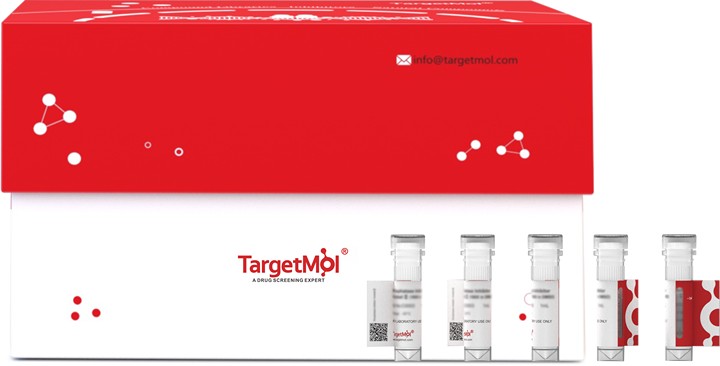
Caspase-7 Protein, Human, Recombinant (His)
一键复制产品信息| 规格 | 价格 | 库存 | 数量 |
|---|---|---|---|
| 5 μg | ¥ 820 | 6-8日内发货 | |
| 10 μg | ¥ 1,350 | 6-8日内发货 | |
| 20 μg | ¥ 2,630 | 5日内发货 |
产品信息
| 生物活性 | Activity testing is in progress. It is theoretically active, but we cannot guarantee it. If you require protein activity, we recommend choosing the eukaryotic expression version first. |
| 产品描述 | Caspase 7, also known as caspase-7 and MCH3, belongs to the cysteine-aspartic acid protease (caspase) family. Caspases play a role in the signal transduction pathways of apoptosis, necrosis and inflammation. There are two major classes of caspases: initiators and effectors. The initiator isoforms (caspases-1,-4,-5,-8,-9,-10,-11,-12) are activated by, and interact with, upstream adaptor molecules through protein-protein interaction domains known as CARD and DED. Effector caspases (-3,-6,-7) are responsible for cleaving downstream substrates and are sometimes referred to as the executioner caspases. Caspase 7 exists in lung, skeletal muscle, liver, kidney, spleen, heart, and moderately in testis. Caspase 7 cannot be detected in the brain. Caspase 7 functions in the activation cascade of caspases responsible for apoptosis execution. It cleaves and activates sterol regulatory element binding proteins (SREBPs). It proteolytically cleaves poly(ADP-ribose) polymerase (PARP) at a '216-Asp- -Gly-217' bond. Overexpression promotes programmed cell death. |
| 种属 | Human |
| 表达系统 | E. coli |
| 标签 | C-His |
| 蛋白编号 | P55210-1 |
| 别名 | MCH3,LICE2,ICE-LAP3,CMH-1,caspase 7, apoptosis-related cysteine peptidase,CASP-7 |
| 蛋白构建 | A DNA sequence encoding the human CASP7 (P55210-1) (Met 1-Gln 303) was fused with a polyhistidine tag at the C-terminus. Predicted N terminal: Ala 24 & Ala 207 |
| 蛋白纯度 | > 90 % as determined by SDS-PAGE |
| 分子量 | 35kDa (predicted); 20 & 11 kDa (reducing conditions) |
| 内毒素 | Please contact us for more information. |
| 蛋白性状 | Lyophilized powder |
| 缓冲液 | Lyophilized from a solution filtered through a 0.22 μm filter, containing 20 mM HEPES, 100 mM NaCl, 1 mM EDTA, 0.10% Sucrose, 0.1% chaps, pH 7.5. Typically, a mixture containing 5% to 8% trehalose, mannitol, and 0.01% Tween 80 is incorporated as a protective agent before lyophilization. |
| 复溶方法 | A Certificate of Analysis (CoA) containing reconstitution instructions is included with the products. Please refer to the CoA for detailed information. |
| 存储 | It is recommended to store recombinant proteins at -20°C to -80°C for future use. Lyophilized powders can be stably stored for over 12 months, while liquid products can be stored for 6-12 months at -80°C. For reconstituted protein solutions, the solution can be stored at -20°C to -80°C for at least 3 months. Please avoid multiple freeze-thaw cycles and store products in aliquots. |
| 运输方式 | In general, Lyophilized powders are shipping with blue ice. |
| 研究背景 | Caspase 7, also known as caspase-7 and MCH3, belongs to the cysteine-aspartic acid protease (caspase) family. Caspases play a role in the signal transduction pathways of apoptosis, necrosis and inflammation. There are two major classes of caspases: initiators and effectors. The initiator isoforms (caspases-1,-4,-5,-8,-9,-10,-11,-12) are activated by, and interact with, upstream adaptor molecules through protein-protein interaction domains known as CARD and DED. Effector caspases (-3,-6,-7) are responsible for cleaving downstream substrates and are sometimes referred to as the executioner caspases. Caspase 7 exists in lung, skeletal muscle, liver, kidney, spleen, heart, and moderately in testis. Caspase 7 cannot be detected in the brain. Caspase 7 functions in the activation cascade of caspases responsible for apoptosis execution. It cleaves and activates sterol regulatory element binding proteins (SREBPs). It proteolytically cleaves poly(ADP-ribose) polymerase (PARP) at a '216-Asp- -Gly-217' bond. Overexpression promotes programmed cell death. |










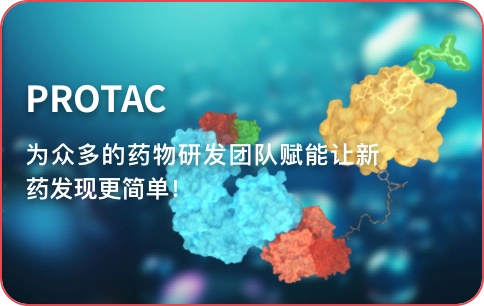
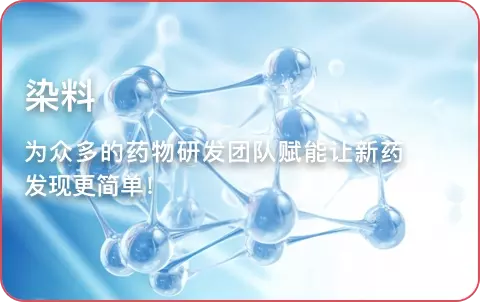


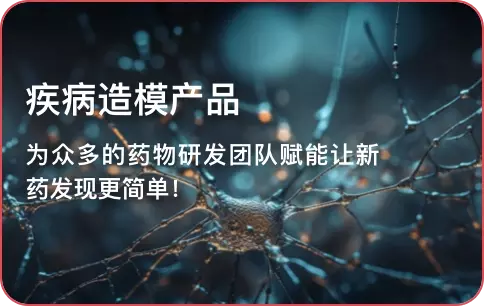
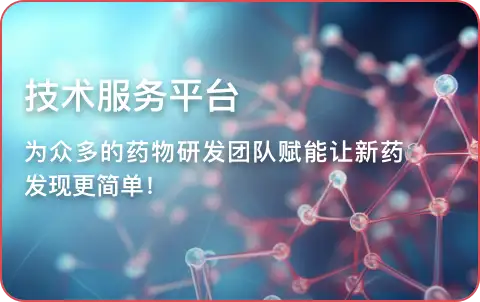


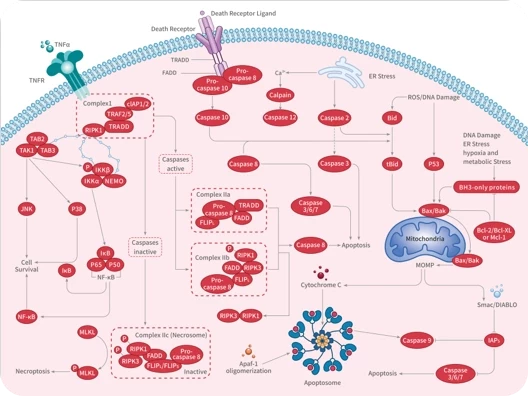
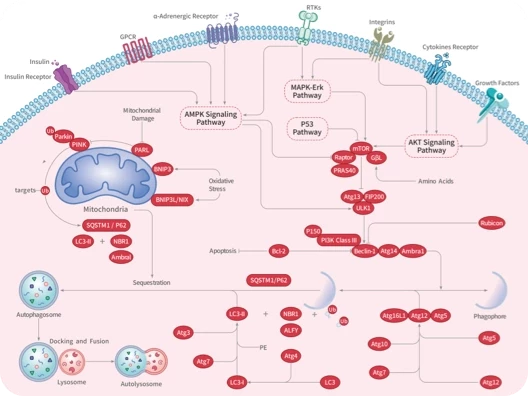

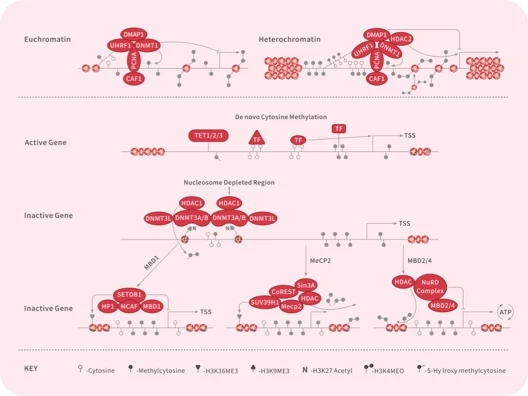
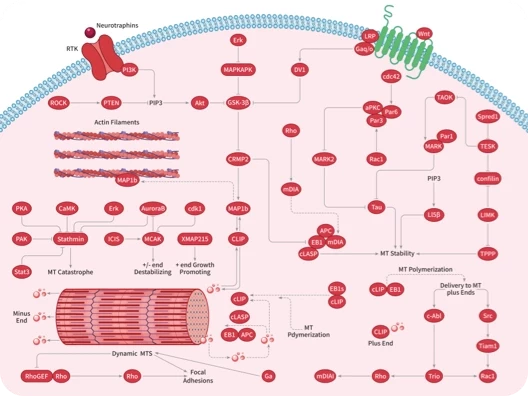
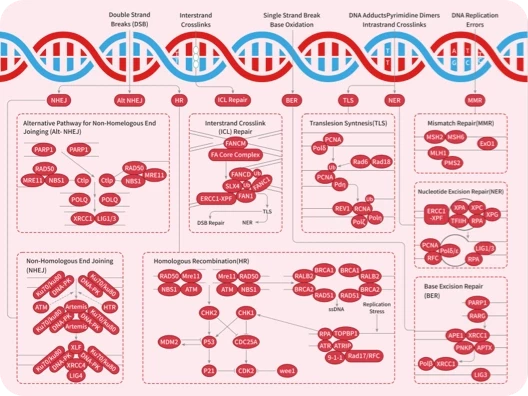
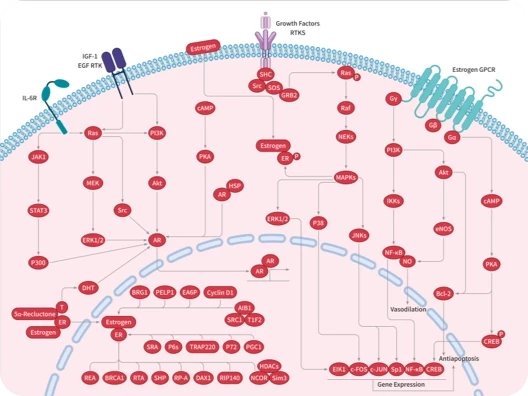
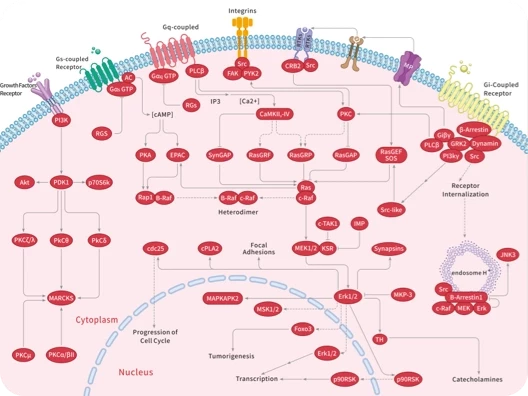
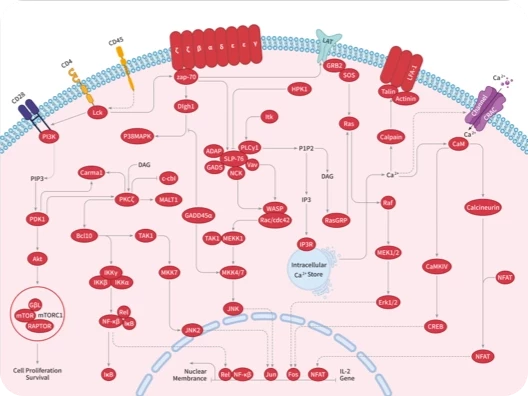
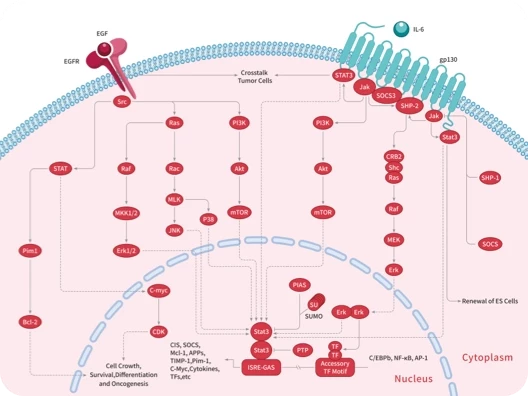
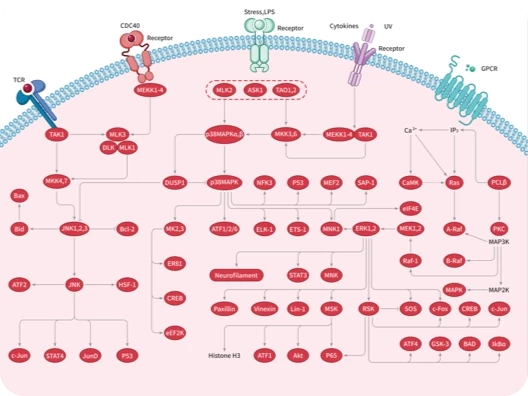
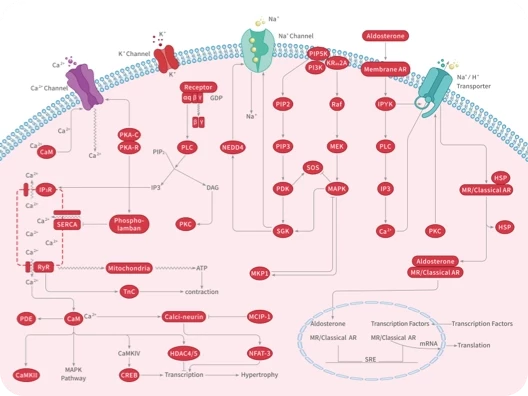
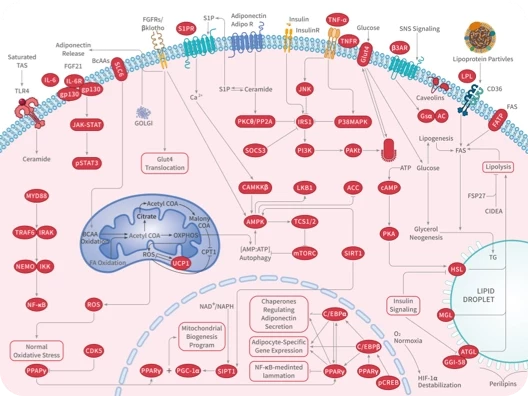
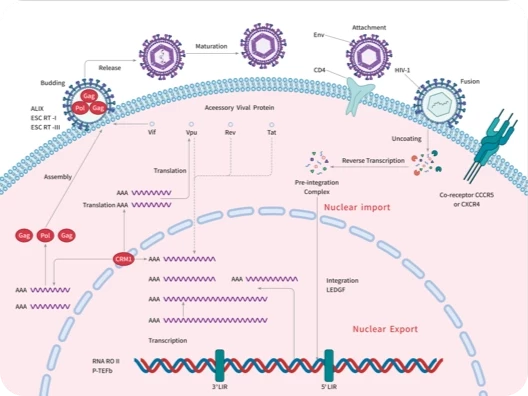

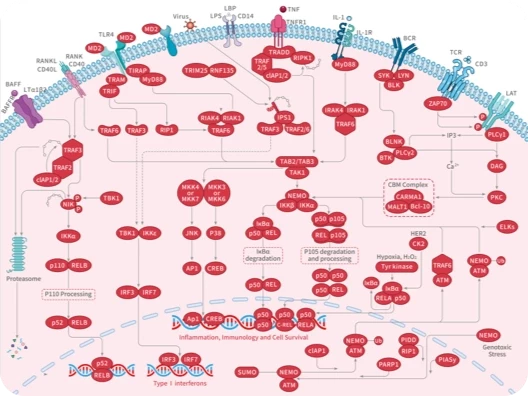
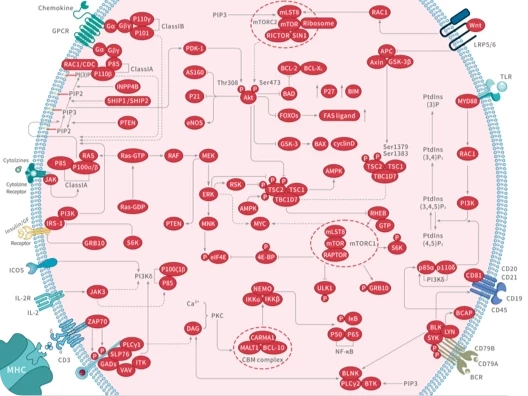
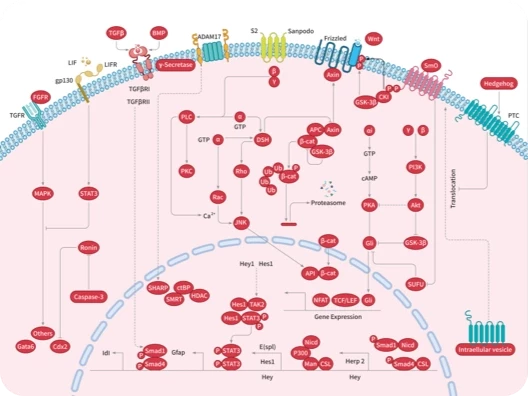
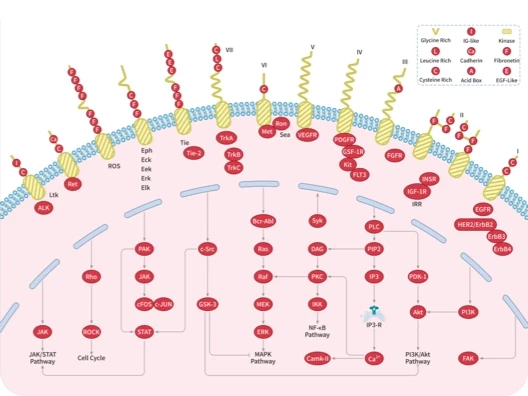
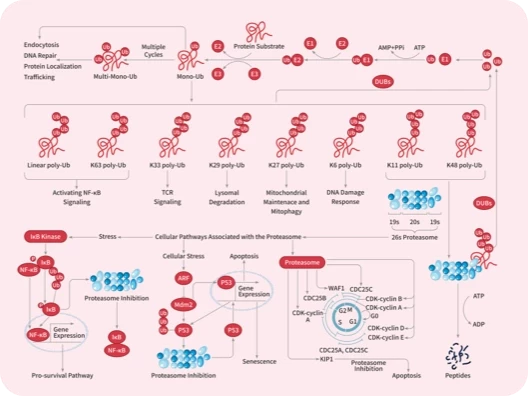


 |
|